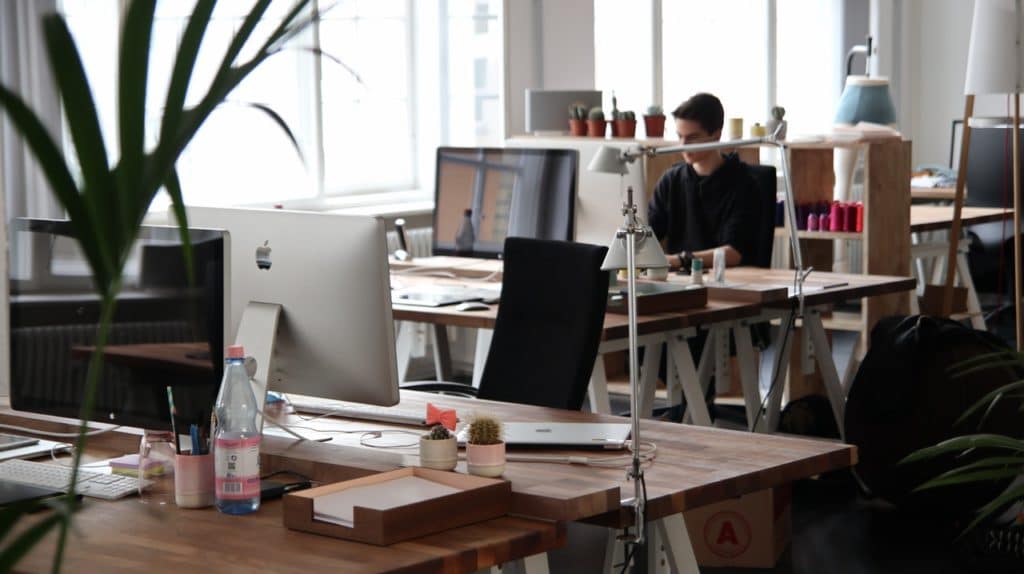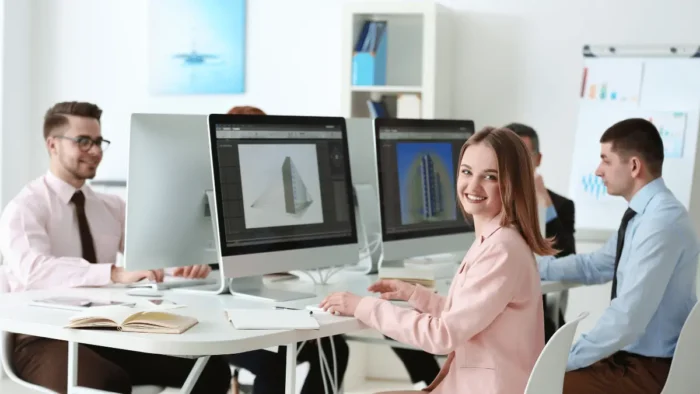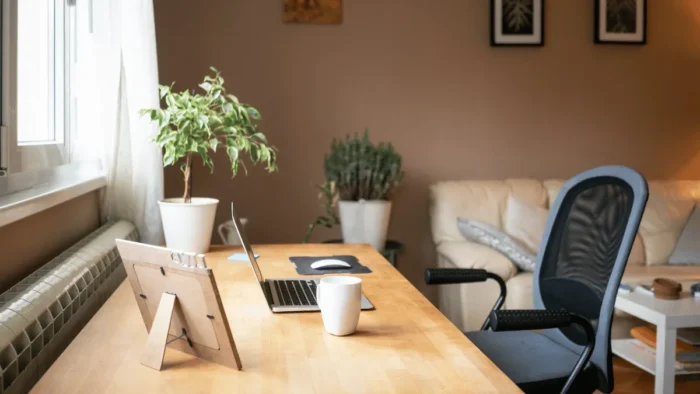Flexible workspaces are more popular than ever. They provide a useful alternative to standard offices by providing a more versatile option for businesses, and they are a perfect option for businesses that want a more flexible work environment – which is ideal if you have remote workers.
But how are flexible workspaces changing and adapting to meet evolving needs? Here are the main trends for 2019 and beyond.
Expanding into More Niches
The growth of niche workspaces is something we are seeing, and this is a trend that is likely to continue.
Such niche workspaces could involve spaces that are focused on providing a service for women or for startups – or even for particular types of startups. They could include a particular facility for a specific task like video editing, for example. Or they might come with nurseries so that parents can drop off their kids while they work.
If you’re looking for an office space that meets a particular requirement for your business, you may want to start your search online. Use a service like Click Offices to find the right office for your needs.
More Focus on Comfort and Wellbeing
There is a growing shift towards creating office spaces that are focused on employee experiences, and this trend is the same for flexible workspaces.
Look at how companies like Google have created their offices, focusing on the experiences of the employees and designing spaces that are adaptable to their specific needs.
This can include healthy working environments, workplaces that have lots of natural light, exercise facilities, and relaxed areas for greater engagement. It could even see the introduction of new elements like a cafe or a gym.
Greater Demand from Large Corporations
Flexible workspaces are still associated with startups and small businesses, but this is a trend that is changing.
Larger corporations are now making use of them for the flexibility they provide, which can be ideal for their remote workforces or employees who are working flexibly.
As such, flexible workspaces will aim to meet their requirements, which may lead to changes in the services they provide, the prices they charge and more.
Creating More Sustainable Office Environments
Sustainability is important in any office these days, and the same is true of flexible workspaces. The addition of natural plants, eco-friendly furniture, recycling schemes and more can help to meet the demands of users who want to know that their workplace is as eco-friendly as possible.
Greater Incorporation of Innovative Tech
As offices get smarter, we may start to see more interaction between mobile apps and flexible workspaces. Workers could start using their smart devices to control various aspects of the office such as accessing the office when they arrive or booking a meeting room. However the technology is eventually used, flexible workspaces are certainly going to get smarter.
Find Your Ideal Flexible Workspace
There is an increase in demand for flexible workspaces all over the country, and as this happens, workspaces will need to adapt to the requirements. These are some of the main trends right now, which are all aimed at providing greater flexibility for businesses and their employees to meet the growing need for flexible office spaces.





